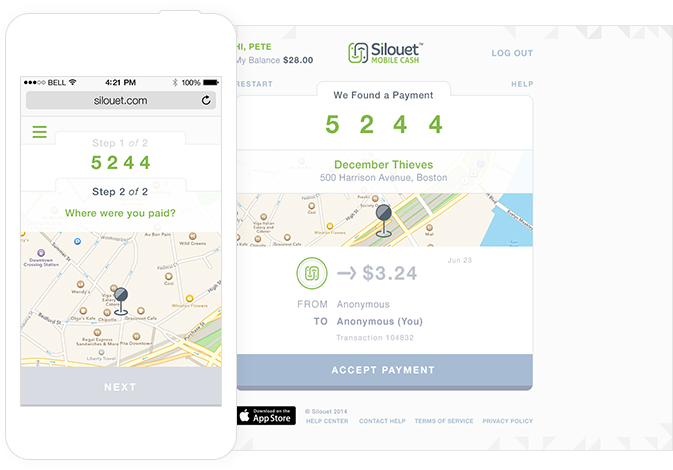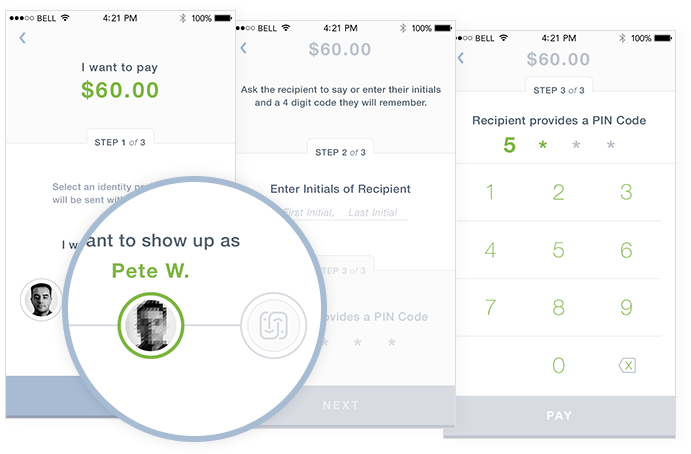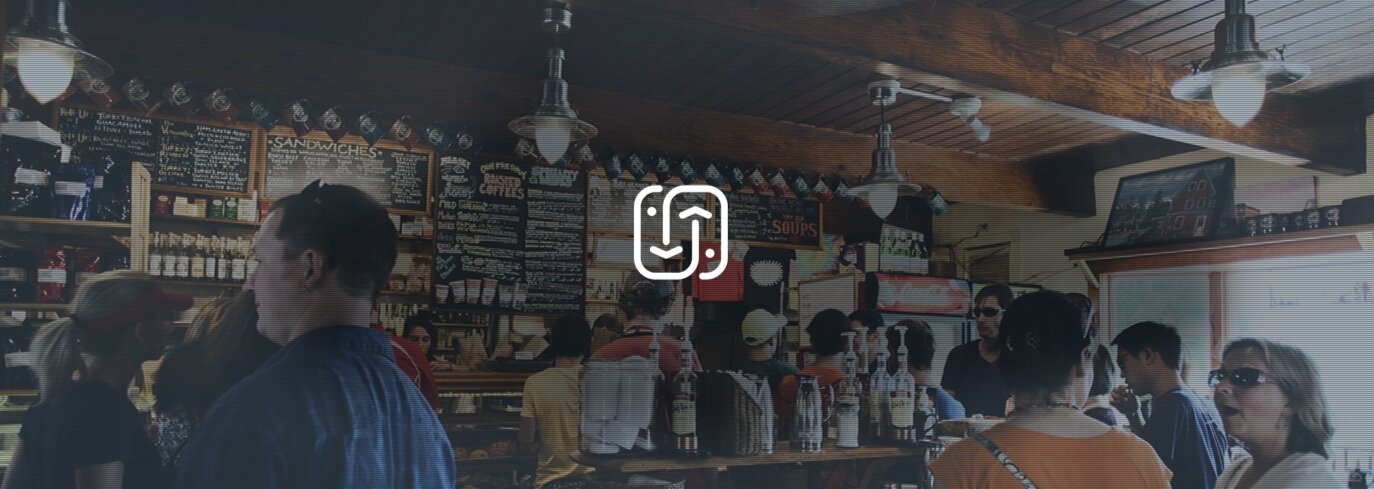
Silouet

The Problem
Tom co-founded Voice Signal Technologies, acquired by Nuance Communications in 2007. He helped create the first cell phone voice recognition technology, back when Brick Breaker was the most impressive app the Blackberry could run. The team that he built now manages millions of voice queries per day via Apple's Siri. Tom later helped start Shaser Bioscience and served as its COO through their acquisition and integration with Spectrum Brands' Remigton division.
Tom tried to fill his time angel investing and relaxing but that didn't last long, he came up with another idea: a mobile app that allows people to anonymously exchange money without relying on physical cash. The crux of the challenge was how to enter the saturated mobile payments market and standout with an offering that optimizes the user experience while complying with security best practices.


The Solution
When Tom approached us he knew that anonymity would be the differentiator for his app. However, he wasn’t sure the how to best execute on his mobile cash concept. We weighed the possibilities of transferring cash via facial recognition, voice recognition, and various forms of multi-factor authentication. While we had our own opinions based on what would be the most fun, the most cost-effective, and the most challenging approaches, we realized that we shouldn’t be making that decision. Rather, the decision makers should be the app’s potential users.
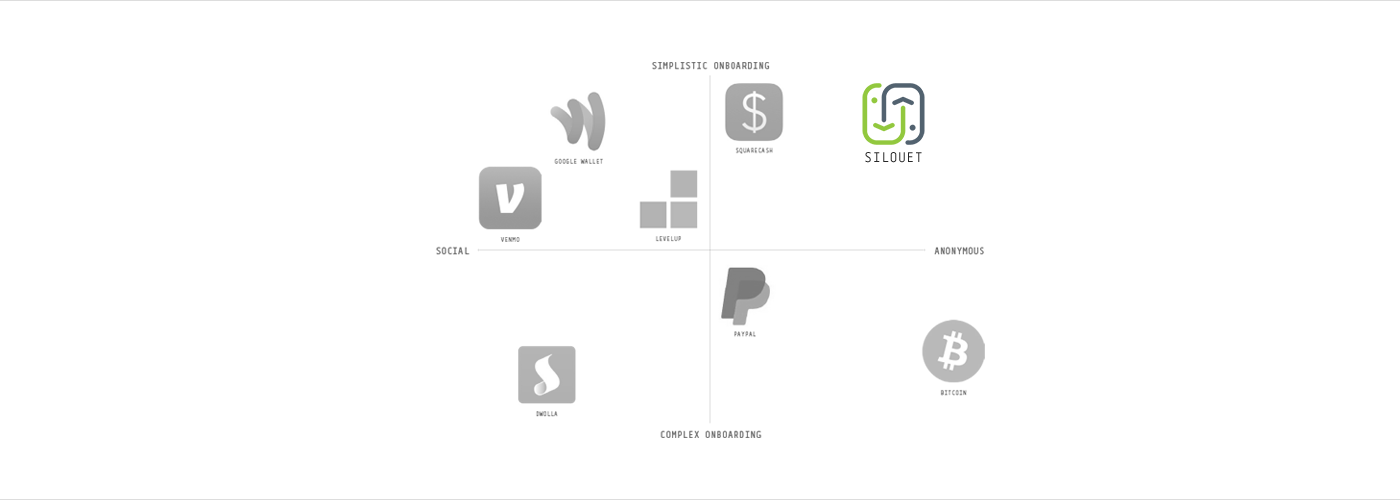
After conducting user research and developing customer personas, and developing customer personas, two distinct categories of target users emerged. The first group consists of technology-savvy, online shopping, city-dwelling professionals that are concerned with privacy, rarely carry cash on them, and tip often. The second persona type are those in the service industry that receive tips at their job, own a smartphone and whose income has been negatively impacted as a result of the decline in people carrying cash. Having identified the attributes of the two major target user groups, we then set out to poll these people.

The surprising responses validated our decision to conduct the survey. Nearly 60% of the people we polled chose the 4-digit pin code as the most trusted differentiator for this mobile payments app. Upon completing the analysis and discussing the findings with Tom, we moved forward to spec out the feature set, information architecture, and technology requirements, specifically recommending the appropriate infrastructures, payment gateways, and payment processors.
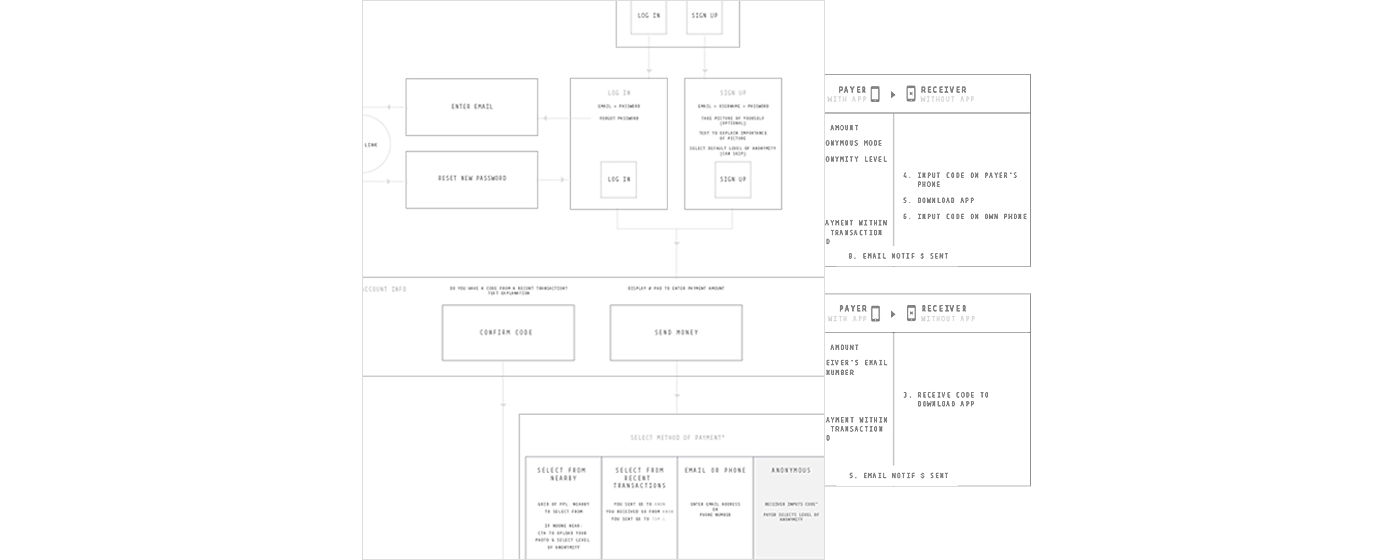
The chosen visual direction incorporates a clean, white and light gray interface which evokes the feelings of trust and simplicity—2 pillars that are a must when building a mobile payment platform. The design team also explored numerous typefaces that would work well for users and become brandable for Silouet. Helvetica, the most neutral and universal typeface, made sense for a platform that boasts anonymity as its core feature. (We also learned after the fact that the app’s founder has a boat name Helvetica!) The user interface elements for selecting your level of anonymity as well as the payment selection screen stood as benchmarks for how we designed other elements of the app, keeping in mind a user-friendly and unique interface and experience throughout.
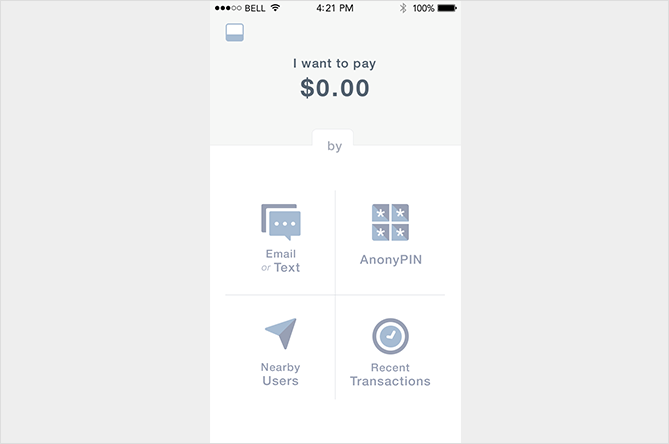
Subtle interactive elements and animations throughout the experience create a sense of accomplishment, trust, and delight. The Find & Form development team pushed the envelope with native custom iOS animations. One example of such animations in the application is the way the “x” button and menu button animation in and out of each other creating the sense that this button is one continuous motion but in reality its 4 different button states in one.
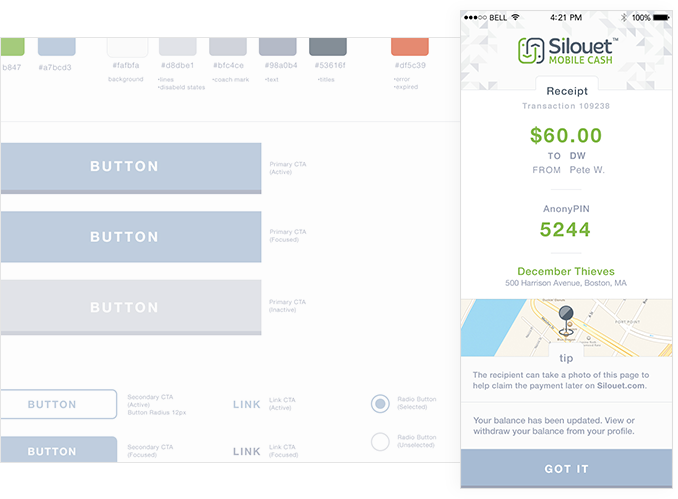
Privacy served as one of our main focuses on the technical side due to the app’s sensitive nature. For this reason we devoted a number of resources to the networking, where we made sure to deliver the least amount of information possible so that, for each flow, the server only sends back only what it needs, nothing more. We also spent time reducing the amount of network calls, ensuring that all the data is stored securely, and that sensitive data is never exposed.
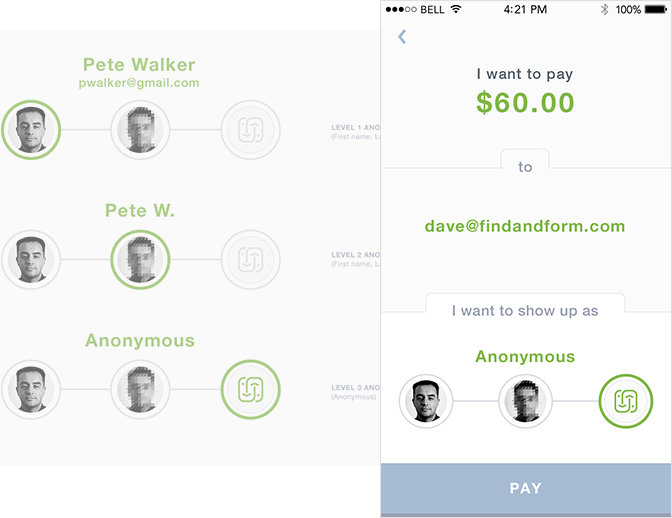
The engineering team was also tasked with architecting the application in such a way that makes it easy to understand for any developer and also scalable for the long term future. To achieve this the view architecture is its own isolated components which allows each view to be used within other views to not interfere with other parts of that view. The views are modular in such a way that debugging is easier, isolating the bugs for faster debugging. It also makes updating design or adding new features extremely easy so that the developer does not have to parse through verbose code files to change something small.

